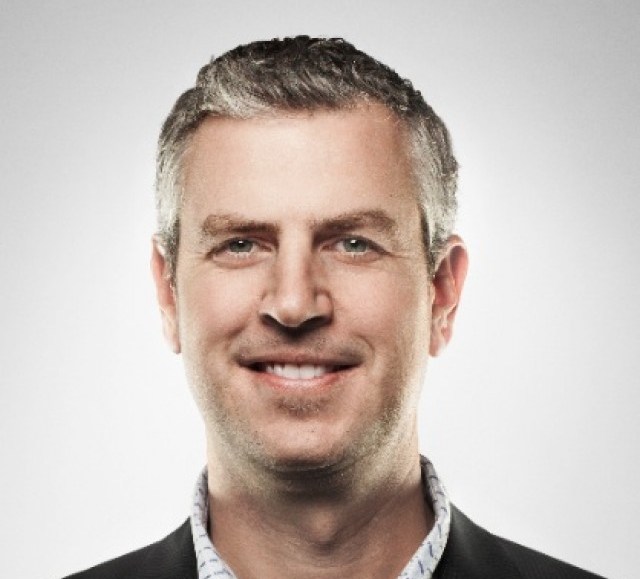Insights from CTV leaders at Dentsu, Horizon Media and more

Mike Parker knows a thing or two about being a chief digital officer. He served as one of the first crop of them at Goodby Silverstein & Partners from 2007-2009. Parker then returned to Tribal DDB, where he’d worked for nearly seven years prior to Goodby, and worked for two and half years as co-president of North America. Now Parker is taking on the role of chief digital and innovation officer for North America at McCann Erickson, in charge of fostering digital thinking, processes and capabilities at a giant ad agency. Parker spoke to Digiday about why agencies still need chief digital officers, clients moving away from specialist shops and what holds agencies back from fostering innovation.
What attracted you to this role at McCann?
It’s still one of the biggest, most legendary agency brands in our industry. [McCann CEO] Nick Brien has a terrific vision for what he wants to do with the company. The opportunity to make McCann more digital and innovative is an exciting challenge. McCann, like many agencies, realizes that it needs to get more digital, be more integrated and be innovative and relevant in modern marketing. It’s exciting to be working across a network and trying to raise the bar.
In 2012 what’s the role of a chief digital officer? Is it still needed?
That’s a fair question. Agencies still need to move farther and faster to bring in more digital talent and understand how to play in the digital landscape for clients, understand technology and the social landscape and bring it all together for clients. There’s still a lot of places in organizations where they need to understand digital processes, how it gets made and delivered well. I’ve been in the digital game now for 12 years. To be able to bring that to McCann and to decide what kind of people to bring in and build teams and analytics and infuse that into the great people there and the great stuff they’re already doing — that’s the role.
Is there still a divide between digital and traditional agencies? You’ve worked in both.
My philosophy is increasingly clients don’t want to have multiple specialist agencies. Once upon a time the traditional agencies didn’t have the digital chops. Over the last five years as you look at Crispin and Goodby, agencies that have historically been traditional have proven they can be integrated and do digital well. What we’re seeing from clients is they want to have one set of people to understand their brand and move their business forward. They don’t want to have the baton passed.
What’s your favorite thing about advertising and least favorite thing?
I love getting to learn about new businesses. I love the variety. One day you’re working on Clorox the next Intel. That’s one of the great parts of this business. The least favorite is more and more the involvement of procurement and the commoditization what we do that turns it into a calculus rather than focusing on the ideas and the value we can bring. That’s the tough part of the business for sure.
You’re based in San Francisco. What do you think Madison Avenue misses in being as innovative as startups and tech companies?
We try really hard to be connected to Silicon Valley. It’s one of the reasons I want to do this role from San Francisco. I want to continue to have those doors open and see what’s coming next. One of the challenges is we do this thing here in Tribal, innovation sessions. We bring in a startup. Sometimes we say it has little application to our clients or commercial bearing. Other times we say it’s perfect, but then you have to figure out how to work with these guys who are still evolving their model. If you’re a client where every dollar counts so much, you have to have your act together. You have to show how it will make a difference. The challenge right now is there isn’t nearly as much innovation budget or experimentation budget that used to exist more five years ago. It’s getting tougher. There’s also a lot of investment money that’s been around. It’s hard to keep pace with everything that’s starting. There’s stuff getting funded where it’s not clear why it should exist. There’s a challenge of finding the right ideas and how you work with them and get clients to pay for it.
More in Marketing

Retail media’s mid-2025 reality: Why advertisers are going all in on full-funnel
Retail media’s meteoric rise may finally be leveling off — and that’s forcing advertisers to take a harder look at what they’re getting for their money.

TikTok might be working on a standalone U.S. app, but marketers aren’t sold on the idea – yet
TikTok is developing a lifeboat for its American business, but media buyers are wary of advertising implications.

Bold Calls for the back half of 2025
Now’s a good moment as any to take stock —and make a few bold calls about what’s coming next.





